The Vatican’s darkest secret – no Apostolic Succession.
Corruption, Special Report, World news Tuesday, December 14th, 2010
Short URL: https://presscore.ca/news/?p=121

Short URL: https://presscore.ca/news/?p=121
You must be logged in to post a comment Login
“All that is necessary for the triumph of evil is for good men to do nothing.” ~ Edmund Burke
 The Halifax International Security Forum was founded in 2009 as a propaganda program within the German Marshall Fund (founded June 5, 1972 by West German Chancellor Willy Brandt) by the Crown in Canada using Crown Corp ACOA & DND funds. The Halifax International Security Forum is a front that is used to recruit top US, UK and Canadian gov and military officials as double agents for Canada's WWI, WWII enemy and wage new Vatican Germany Cold War.
High Treason: s.46 (1) Every one commits high treason who, in Canada (c) assists an enemy at war with Canada, ..., whether or not a state of war exists". Every one who, in Canada assists Canada's enemies wage "piecemeal WWIII" Cold War by organizing, funding and participating in the Germany government politically and militarily benefitting / lead Halifax International Security Forum is committing high treason.
The Halifax International Security Forum was founded in 2009 as a propaganda program within the German Marshall Fund (founded June 5, 1972 by West German Chancellor Willy Brandt) by the Crown in Canada using Crown Corp ACOA & DND funds. The Halifax International Security Forum is a front that is used to recruit top US, UK and Canadian gov and military officials as double agents for Canada's WWI, WWII enemy and wage new Vatican Germany Cold War.
High Treason: s.46 (1) Every one commits high treason who, in Canada (c) assists an enemy at war with Canada, ..., whether or not a state of war exists". Every one who, in Canada assists Canada's enemies wage "piecemeal WWIII" Cold War by organizing, funding and participating in the Germany government politically and militarily benefitting / lead Halifax International Security Forum is committing high treason.
 Please take a moment to sign a petition to Abolish the United Nations Organization for participating in, planning and preparing a common plan or conspiracy to commit: sedition, insurrection, heinous crimes against peace and humanity, genocide, war crimes, wars of aggression, financial warfare (sanctions) ... for the Vatican and the Vatican Fourth Reich's New World Order agenda.
Please take a moment to sign a petition to Abolish the United Nations Organization for participating in, planning and preparing a common plan or conspiracy to commit: sedition, insurrection, heinous crimes against peace and humanity, genocide, war crimes, wars of aggression, financial warfare (sanctions) ... for the Vatican and the Vatican Fourth Reich's New World Order agenda.











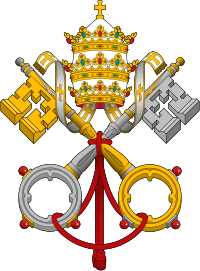




UN's Luciferian Agenda:
1. Abolition of ALL ordered national governments.
2. Abolition of inheritance.
3. Abolition of private property.
4. Abolition of patriotism.
5. Abolition of the individual home and family life as the cell from which all civilizations have stemmed.
6. Abolition of ALL religions established and existing so that the Luciferian ideology of totalitarianism may be imposed on mankind.
The headquarters of the Luciferians (Illuminati) in the late 1700s was in Frankfurt, Germany. After WWII their headquarters have been in the Harold Pratt Building located on 58 East 68th Street New York, NY 10065. in the Upper East Side of New York City = headquarters for the Council on Foreign Relations - moved in there on April 16, 1945.










PRESS Core is funded by the employment income of editor Paul W Kincaid and with donations from its followers. Donations are needed to pay expenses incurred to keep Canadians informed. Unemployed and unable to receive EI benefits. To help fund PRESS Core use Interac e-transfer email address: paulw@kincaids.ca or use PayPal to donate funds. More payment options are available by using PayPal. You can donate funds using a debit or credit card or with available funds from your PayPal account.

PRESS Core’s @presscoreca Twitter account was suspended to aid Germany continue its COVID-19 biological warfare against Canada US Europe and World. PRESS Core warned and provided evidence that Germany is behind the WHO’s (part of the UN) COVID-19 biological attack. Launched to save both Germany’s EU and its International World Order / UN from financial collapse. Germany paid Bill Gates / Gavi 600 million euros during the 2020 World Economic Forum to fund the Event 201 players lead biological attack just days before Brexit – UK officially exited Germany’s EU (Germany reoccupied Europe) on Jan 31, 2020. UK exit would have triggered the collapse of the EU. Twitter, Justin Trudeau, Chrystia Freeland and Joe Biden are all committing treason because they are all betraying their country by aiding and abetting our notorious enemy, Germany levy war – biological warfare against Canada US, Europe and World.
Just a coincidence Justin Trudeau and close friend, convicted child sex offender (Pitt River Middle School & WPGA teacher & Justin’s WPGA roommate) Christopher Ingvaldson were both teaching at Pitt River Middle School, Port Coquitlam BC & West Point Grey Academy during the time span of the Steve Pickton’s Port Coquitlam, British Columbia snuff film murders. Just a coincidence that the abductions and murders ended in 2001 when Justin Trudeau abruptly left teaching job mid-term at West Point Grey Academy. Just a coincidence that years later in 2018 Justin Trudeau stated publicly “Don’t investigate groping allegation from 2000”.
Revolutionary power pack design by PRESS Core editor Paul W Kincaid. Designed to provide variable voltages for an endless number of energy applications. Each Step-Up Power Pack was designed to be easily reconfigured to increase the power pack’s voltage from 24 volts to 120 volts. By adding more Step-Up Power Packs in parallel the total current capacity and overall amp-hour capacity is increased. It is a well known scientific fact that when power packs (batteries) are hooked up (connected) in parallel, the voltage remains the same, but the power (or available current) is increased. This means that the power packs would last longer when used to provide power to electronic devices.

Innovative Paul W Kincaid (PRESS Core editor) clean energy technology design will benefit and rev up both the solar energy & electric car industry. Unique power cell designed to store & provide more energy. Potentially worth $billions.
Paul W Kincaid designed power cell is the most versatile power cell ever designed. Portable, rechargeable power cell is designed to adapt to different solar or electric car energy needs or applications. Increasing voltage & or capacity is as easy as adding more power cells.
What makes Paul W Kincaid designed rechargeable power cell truly unique is that it was designed to be easily reconfigured & serviced by anyone. Each power cell can easily be reconfigured to store & provide a variety of DC voltages / energy (120V ±).
 17 July 1917 proclamation proves that House of Windsor name was fabricated and assumed by the UK and Canadian monarchy to conceal their German lineage, name & titles. The Windsor name never existed before. The WWI abolished German Saxe-Coburg & Gotha dynasty created a new and fake (false) identity to defraud the UK and Canadian people.
17 July 1917 proclamation proves that House of Windsor name was fabricated and assumed by the UK and Canadian monarchy to conceal their German lineage, name & titles. The Windsor name never existed before. The WWI abolished German Saxe-Coburg & Gotha dynasty created a new and fake (false) identity to defraud the UK and Canadian people. Canada and the UK has no Queen. Elizabeth II was "made for ever incapable to inherit possess or enjoy the Crown and Government of this Realm and Ireland and the Dominions thereunto belonging or any part of the same or to have use or exercise any regall Power Authority or Jurisdiction within the same And in all and every such Case and Cases the People of these Realms shall be and are thereby absolved of their Allegiance" when Elizabeth II reconciled to the See and the Church of Rome and professed the Catholic faith at her own coronation, June 2, 1953, in violation of Act of Settlement Law. Minutes after swearing to uphold the laws of the UK and Canada and defend the Church of England faith she broke her oath and the law by publicly professing "And I believe one Catholic and Apostolic Church" then accepted the Ring of kingly dignity, and the seal of "Catholic Faith". Evidence of this forfeiture due to Elizabeth's gross violation of law is provided in the Transcript of Elizabeth II coronation
Canada and the UK has no Queen. Elizabeth II was "made for ever incapable to inherit possess or enjoy the Crown and Government of this Realm and Ireland and the Dominions thereunto belonging or any part of the same or to have use or exercise any regall Power Authority or Jurisdiction within the same And in all and every such Case and Cases the People of these Realms shall be and are thereby absolved of their Allegiance" when Elizabeth II reconciled to the See and the Church of Rome and professed the Catholic faith at her own coronation, June 2, 1953, in violation of Act of Settlement Law. Minutes after swearing to uphold the laws of the UK and Canada and defend the Church of England faith she broke her oath and the law by publicly professing "And I believe one Catholic and Apostolic Church" then accepted the Ring of kingly dignity, and the seal of "Catholic Faith". Evidence of this forfeiture due to Elizabeth's gross violation of law is provided in the Transcript of Elizabeth II coronation


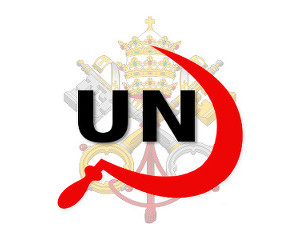
 1917 Code of Canon Law, Canon 185 invalidates (voids) all papacies since October 26, 1958 due to the fact Cardinal Giuseppe Siri was elected Pope on the Third ballot on Oct 26 1958 but the new Pope Gregory XVII was illegally prevented from assuming the office. A Pope was elected on October 26, 1958. Thousands of people witnessed a new Pope being elected by seeing white smoke and millions were informed by Vatican radio broadcasts beginning at 6:00 PM Rome time on October 26, 1958. The papacy of Francis, Benedict, John Paul II, John Paul I, Paul VI, John XXIII and any and all of their respective doctrines, bulls, letter patents and the Second Vatican Council are all invalidated (having no force, binding power, or validity) by Canon 185 because the 1958 conclave of cardinals elected Cardinal Giuseppe Siri Pope on Oct 26 1958. Cardinal Giuseppe Siri accepted the papacy by taking the name Pope Gregory XVII but was illegally prevented from assuming his elected office.. According to Canon 185 Cardinal Angelo Giuseppe Roncalli illegally assumed the papacy 2 days later by fraud and grave fear, unjustly inflicted against Cardinal Giuseppe Siri who was lawfully elected Pope Gregory XVII. Because no Pope has been lawfully elected since October 26, 1958 the Holy See (la Santa Sede/Seat) remains vacant.
1917 Code of Canon Law, Canon 185 invalidates (voids) all papacies since October 26, 1958 due to the fact Cardinal Giuseppe Siri was elected Pope on the Third ballot on Oct 26 1958 but the new Pope Gregory XVII was illegally prevented from assuming the office. A Pope was elected on October 26, 1958. Thousands of people witnessed a new Pope being elected by seeing white smoke and millions were informed by Vatican radio broadcasts beginning at 6:00 PM Rome time on October 26, 1958. The papacy of Francis, Benedict, John Paul II, John Paul I, Paul VI, John XXIII and any and all of their respective doctrines, bulls, letter patents and the Second Vatican Council are all invalidated (having no force, binding power, or validity) by Canon 185 because the 1958 conclave of cardinals elected Cardinal Giuseppe Siri Pope on Oct 26 1958. Cardinal Giuseppe Siri accepted the papacy by taking the name Pope Gregory XVII but was illegally prevented from assuming his elected office.. According to Canon 185 Cardinal Angelo Giuseppe Roncalli illegally assumed the papacy 2 days later by fraud and grave fear, unjustly inflicted against Cardinal Giuseppe Siri who was lawfully elected Pope Gregory XVII. Because no Pope has been lawfully elected since October 26, 1958 the Holy See (la Santa Sede/Seat) remains vacant.
 Hold the Crown (alias for temporal authority of the reigning Pope), the Crown appointed Governor General of Canada David Lloyd Johnston, the Crown's Prime Minister (servant) Stephen Joseph Harper, the Crown's Minister of Justice and Attorney General Peter Gordon MacKay and the Crown's traitorous military RCMP force, accountable for their crimes of treason and high treason against Canada and acts preparatory thereto. The indictment charges that they, on and thereafter the 22nd day of October in the year 2014, at Parliament in the City of Ottawa in the Region of Ontario did, use force and violence, via the staged false flag Exercise Determined Dragon 14, for the purpose of overthrowing and besieging the government of Canada contrary to Section 46 of the Criminal Code. In a society governed by the rule of law, the government and its officials and agents are subject to and held accountable under the law. Sign the online Indictment for treason and high treason against Canada and ensure the Crown, Governor General of Canada David Lloyd Johnston, Prime Minister Stephen Joseph Harper, Minister of Justice and Attorney General Peter Gordon MacKay and the RCMP are subject to and held accountable under the law.
Hold the Crown (alias for temporal authority of the reigning Pope), the Crown appointed Governor General of Canada David Lloyd Johnston, the Crown's Prime Minister (servant) Stephen Joseph Harper, the Crown's Minister of Justice and Attorney General Peter Gordon MacKay and the Crown's traitorous military RCMP force, accountable for their crimes of treason and high treason against Canada and acts preparatory thereto. The indictment charges that they, on and thereafter the 22nd day of October in the year 2014, at Parliament in the City of Ottawa in the Region of Ontario did, use force and violence, via the staged false flag Exercise Determined Dragon 14, for the purpose of overthrowing and besieging the government of Canada contrary to Section 46 of the Criminal Code. In a society governed by the rule of law, the government and its officials and agents are subject to and held accountable under the law. Sign the online Indictment for treason and high treason against Canada and ensure the Crown, Governor General of Canada David Lloyd Johnston, Prime Minister Stephen Joseph Harper, Minister of Justice and Attorney General Peter Gordon MacKay and the RCMP are subject to and held accountable under the law. Two of the most obvious signs of a dictatorship in Canada is traitorous Stephen Harper flying around in a "military aircraft" and using Canadian Special Forces "military" personnel from JTF2 and personnel from the Crown's traitorous martial law "military" RCMP force as his personal bodyguards.
Two of the most obvious signs of a dictatorship in Canada is traitorous Stephen Harper flying around in a "military aircraft" and using Canadian Special Forces "military" personnel from JTF2 and personnel from the Crown's traitorous martial law "military" RCMP force as his personal bodyguards.

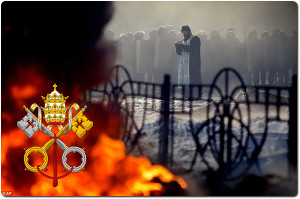


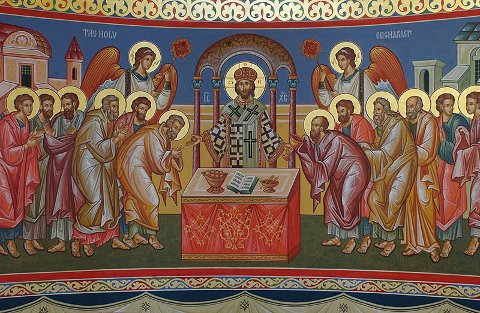

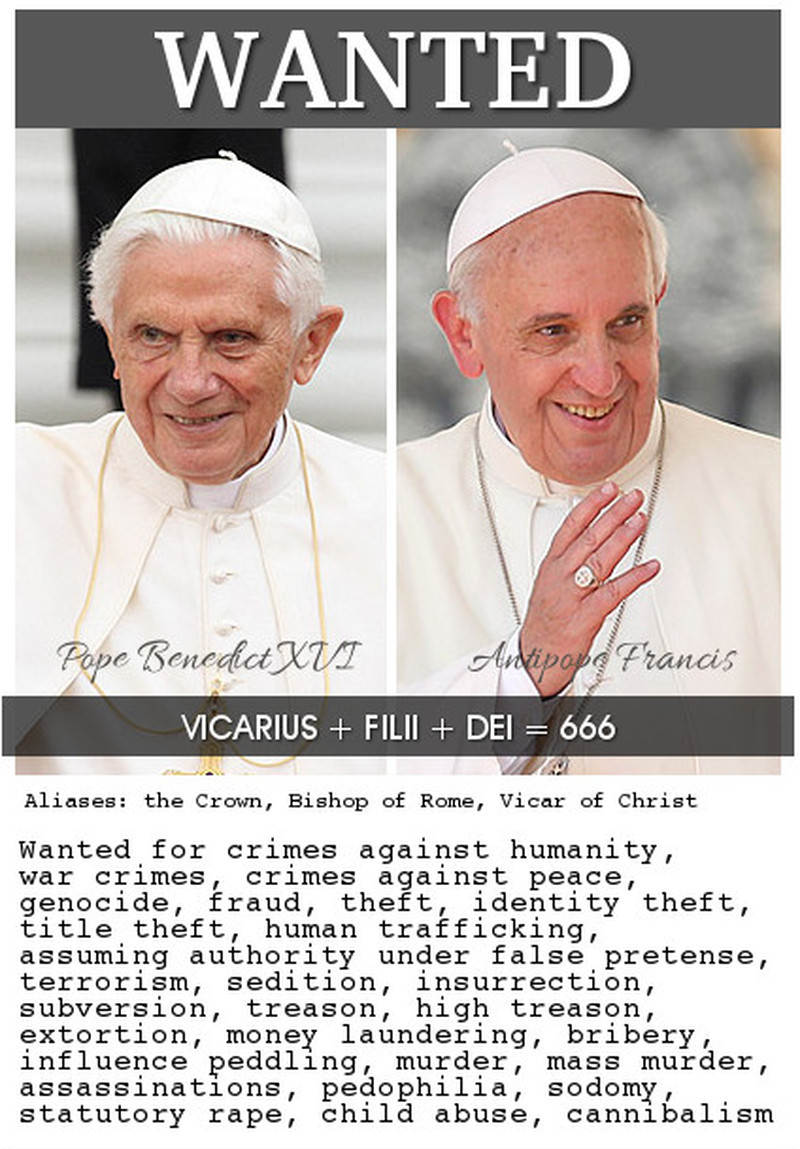



 Thomas Edison in his 1914 electric car. The electric car has been around longer than the gasoline car. They were being manufactured and sold before the advent of the gasoline powered cars .
Thomas Edison in his 1914 electric car. The electric car has been around longer than the gasoline car. They were being manufactured and sold before the advent of the gasoline powered cars .










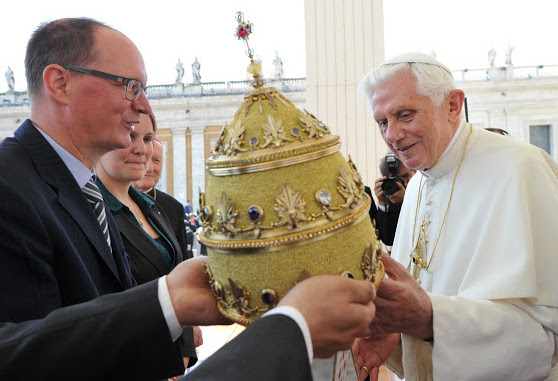














© 2025 PRESS Core. All Rights Reserved. Log in
- Designed by Gabfire Themes